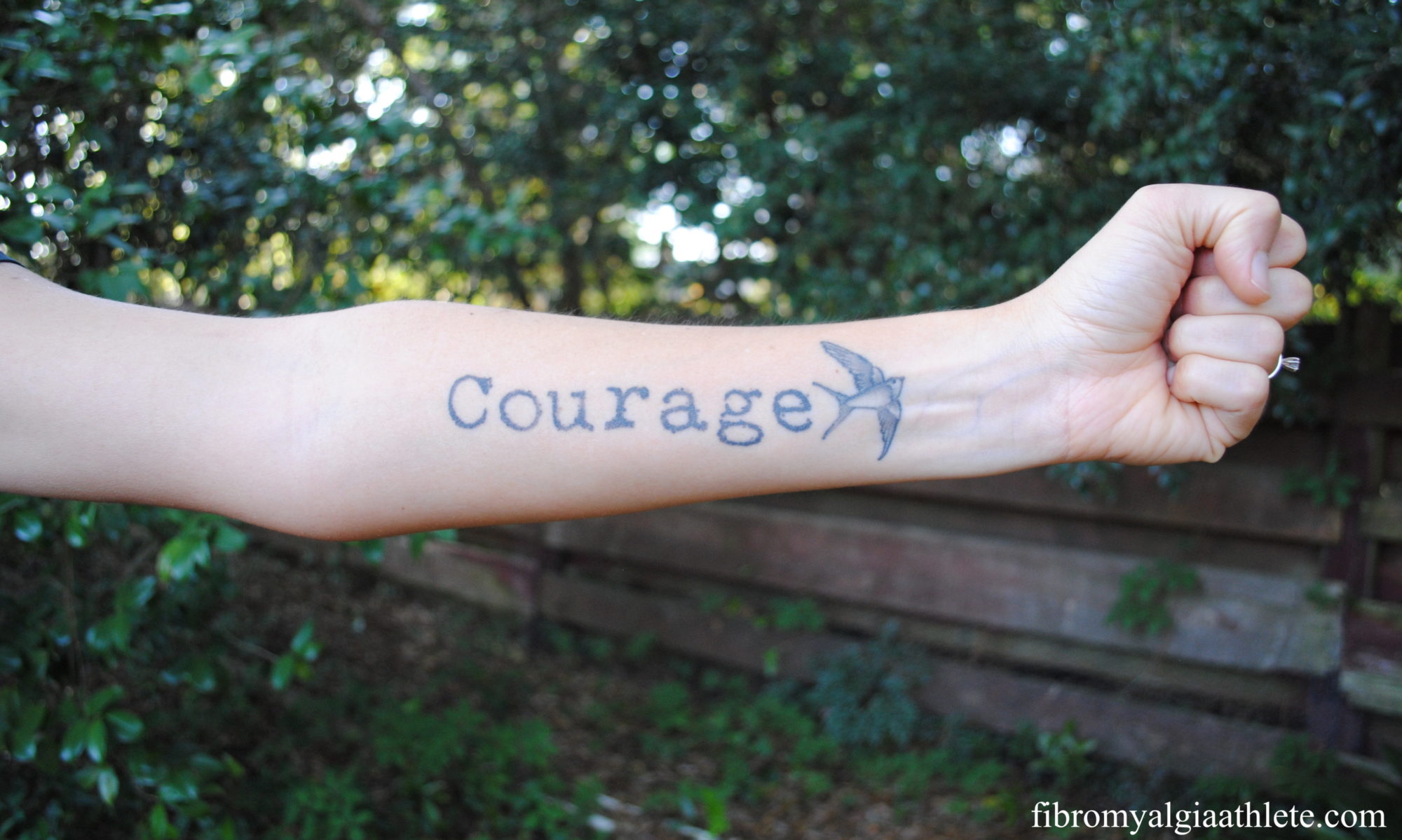I’m about to travel to Boston soon, and I’m super excited. I love Boston and will get to spend time with a much-loved friend from college days. However, chronic conditions threaten to put a kink in my travel plans, and I’ve been running around town and spending lots of time on the internet trying to make my travels as smooth as possible.
One of my concerns, secondary to my chronic neck and back pain, is psoriasis. I’ve been dealing with an outbreak of guttate psoriasis for almost two months now, and it’s tedious to say the least. It’s currently under control on my limbs, but my torso is covered in angry red patches. My insurance company—this makes me so freakin’ furious I almost can’t see straight—is attempting to deny coverage for the topical medication my doctor prescribed to rid me of the psoriasis outbreak, so I’m walking around itchy and feeling gross. The medicine would be $800+ if I paid out of pocket, and not only can I not afford that, but I absolutely refuse to pay out of pocket for something insurance should cover. We pay more than $1,000 per month for the married couple’s policy, yet it doesn’t cover the one prescription medication I’ve needed in a long time.
I’m trying to deal with the psoriasis without prescriptions and so far haven’t gotten good results at all. Gluten-free, dairy-free, sugar-free diet—yes. Scent-free hypoallergenic bath soap—yes. While a restrictive, healthy diet and organic soap likely help my overall health, the psoriasis persists. I’m very lucky that it’s only guttate and not a more serious form, but it still sucks. I don’t want to compound the discomfort of travel by itching like hell, but it looks like I may not have a choice.
What really worries me about travel is my insomnia and chronic pain. I still can’t sit on a soft surface, despite experience massive improvement in pelvic stability since dedicating myself to a challenging core workout routine. I’ve even returned to running—a huge, happy milestone—but sitting on a soft surface (like a plane seat) is almost impossible. Something about cushioned seating makes my pelvis shift, which causes instant misery. I plan to stand as much as possible and kneel in my seat if I have too. I’m a small person, so hopefully I can do what I need to do without bothering my fellow travelers. If not, I guess I’ll probably end up inspiring someone’s bitchy Facebook post about a squirming seatmate. Sorry in advance.
I always worry about an impending attack of cervical dystonia, and change is my enemy as far as muscle spasms are concerned. I’m going to try to fit my cervical pillow into my suitcase so at least I’ll have a familiar place to rest my head and neck at night. Flying up the coast and sleeping in an unfamiliar bed worry me, but I refuse to let my sketchy health rule my life.
I bought some homeopathic zinc lozenges today and will use Counter Attack supplements to try to help my body through the germs it’ll encounter in airports and new cities. I also bought some hypoallergenic cleansing wipes and will make sure to scrub my phone with wipes, too. I’m not paranoid, just realistic, and I imagine anyone with chronic pain and/or chronic disease can relate.









